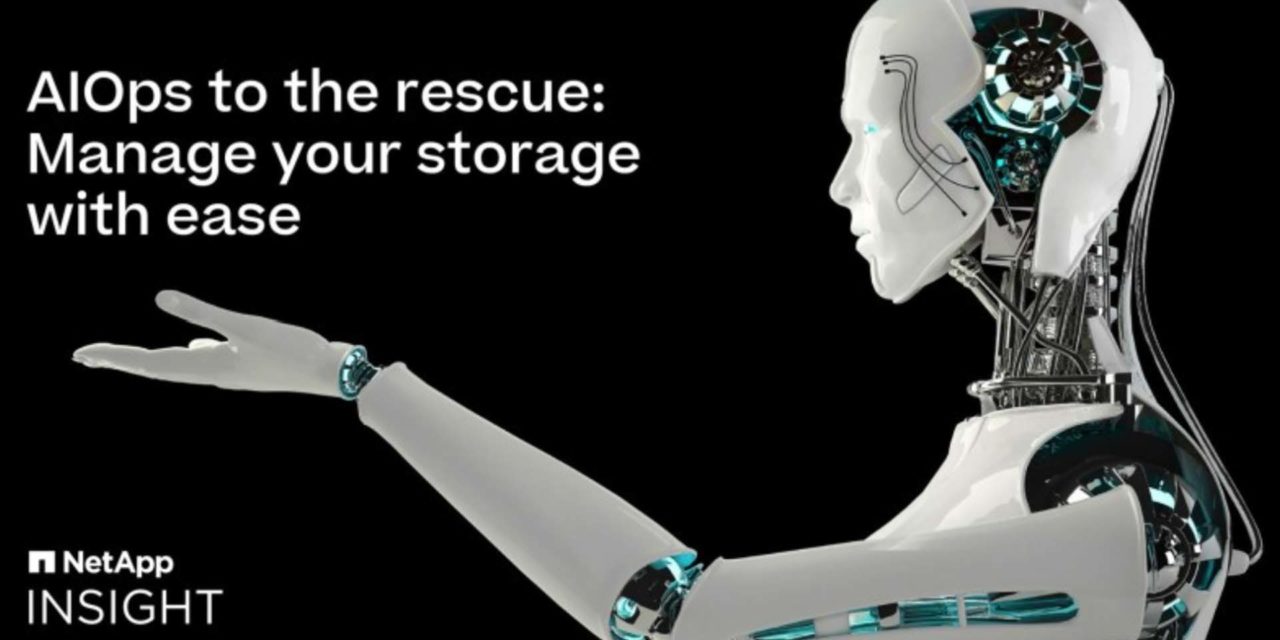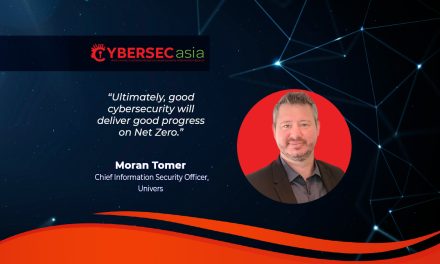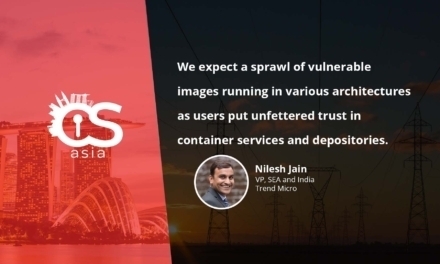The answer lies in delivering a true data pipeline for AI and best-in-class ransomware defense through data and storage innovations – with simplicity, savings, and sustainability.
The two major disruptions today for many organizations are: the opportunity of AI; and the threat of ransomware. And they want to be able to take care of this opportunity and threat with simplicity, savings, security, and sustainability.
Addressing these key issues at its recent INSIGHT 2023 event in Las Vegas, NetApp announced multiple innovation updates, including enhancements to its data pipeline for hybrid multi-cloud AI and advancements on secure data storage against ransomware.
The new innovations aim at making the AI data pipeline simple to deploy, as well as scalable and performant across hybrid multi-cloud environments, while protecting data from ever-increasing threats.
“AI adoption continues to grow especially in Asia Pacific. For AI implementations to be successful, organizations must have a holistic strategy across their organization. This includes the management of data pipeline and storage,” said Andrew Sotiropoulos, Senior Vice President and General Manager, NetApp Asia Pacific.
To stay competitive, enterprises must innovate and boost efficiency through their AI initiatives but may struggle to get meaningful results from massive amounts of disparate data flowing unhindered through a five-stage pipeline. The datasets necessary to feed these pipelines may live in data lakes throughout the enterprise, on premises and/or in the cloud. This increases design and operational complexity where data silos lead to a lack of visibility into data types and locations, making it difficult to manage or use in AI workloads.
In the hybrid multi-cloud environment, this complexity can be addressed by delivering high-performance all-flash and cloud storage that enable organizations to build modern data lakes and accelerate AI. Users can trace multiple AI model versions in production back to their training data to ensure they are using AI responsibly and storage is integrated with MLOps platforms so data scientist experience easier consumption and increased productivity.
“Enterprises that want to tap into the power of generative AI need a platform that can deliver fully customized models leveraging the immense corpus of their business data, tailored to their unique vocabulary, intellectual property, and industry,” said Charlie Boyle, Vice President, DGX Platform, NVIDIA.
The industry’s best data pipeline for AI
With Google Cloud NetApp Volumes, NetApp became the only company to deliver the same enterprise storage offering on-premises and as a native first-party service, to build AI data pipelines that integrate into all three major public clouds for a true hybrid multi-cloud experience.
“Launched in August 2023, Google Cloud NetApp Volumes revolutionizes enterprise workloads in the cloud, with new levels of storage performance combined with simplicity and flexibility,” said Ronen Schwartz, Senior Vice President and General Manager, Cloud Storage, NetApp. “For customers investing in Generative AI data pipelines, this offering allows NetApp data on-premises to connect directly to Google’s Vertex AI on Google Cloud NetApp Volumes, with no additional engineering.”
He added: “10 years ago, we were doing just storage and backup in the cloud. Today, we’re the only storage solution provider partnering Google Cloud, Microsoft Azure and AWS to offer a comprehensive portfolio of storage and data management solutions – providing a fully integrated, embedded OEM solution that allows customers to consume storage at a lower cost in the cloud, and delivering price-performance in partnership with hyperscalers.”
“Generative AI is a powerful tool with the potential to help companies achieve transformational business insights and operational efficiencies,” said Archana Venkatraman, Research Director, Cloud Data Management, IDC Europe. “However, AI workloads are only as powerful as the data they receive. Companies need a solid foundation of unified data management to ensure data flows to their respective AI infrastructures unhindered. This rooted approach reflects the reality of how organizations build AI infrastructure and store data across on-prem, hybrid, and public cloud environments.”
Unified data storage for security and disaster recovery
In 2023, the vast majority of ransomware attacks caused losses ranging between $1M and $2.25M. To mitigate this, NetApp is helping organizations protect themselves and their data with the most secure storage in the industry and backing it with a Ransomware Recovery Guarantee.
Leveraging a combination of key built-in security and ransomware protection features, ONTAP can automatically block known malicious file types, rogue admins, and malicious users with multi-admin verification, and provide tamper-proof snapshots that can’t be deleted – even by the storage administrator.
With its threat detection efficacy, ONTAP’s autonomous ransomware protection can detect attacks in near real time, take additional snapshots, and enable recovery within minutes.
With this guarantee, NetApp will warrant snapshot data recovery in the event of a ransomware attack. If data copies can’t be recovered through NetApp or one of its trusted partners, NetApp will offer compensation.
“NetApp customers can harness their data for agile application delivery with resilience and governance to ensure business continuity,” said Takeshi Sato, Shibaura Institute of Technology. “These updates position NetApp squarely as the industry’s most secure data storage against ransomware.”
In conjunction with the Ransomware Recovery Guarantee, NetApp provides customers with added peace of mind with its Ransomware Assurance Service, which helps ensure their systems are protected against ransomware attacks. This service validates a customer’s configuration for secured data snapshots and conducts a recovery test. With a dedicated team always available, customers can rely on NetApp to assist in data recovery in the event of an attack.
Sandeep Singh, Senior Vice President and General Manager, Enterprise Storage, NetApp, said: “The current situation in many enterprises is that their hybrid cloud approach involves adding Storage-as-a-Service to on-prem infrastructure. As a result, these enterprises are experiencing inconsistent storage automation, data management, data protection, leading to an inconsistent recovery experience.”
Overall, NetApp is extending unified storage on-prem and in the cloud, so there is no need to re-implement the recovery runbook, with consistent management, performance, support and vendor experience.
Organizations can protect, detect and recover workloads with immutable data snapshots, real-time detection and alerts, and cloud insights for visibility of anomalies and where threats are coming from – all from a Unified Control Plane for full visibility and control of all data storage resources, drag-and-drop management of backup, storage and data movement.
According to NetApp CEO George Kurian, it took between 10 to 12 years to make all this happen. At NetApp INSIGHTS 2023, integration into partners offering such as FlexPod built into Cisco’s security offerings, and certification with partners like VMware, were also announced.





















